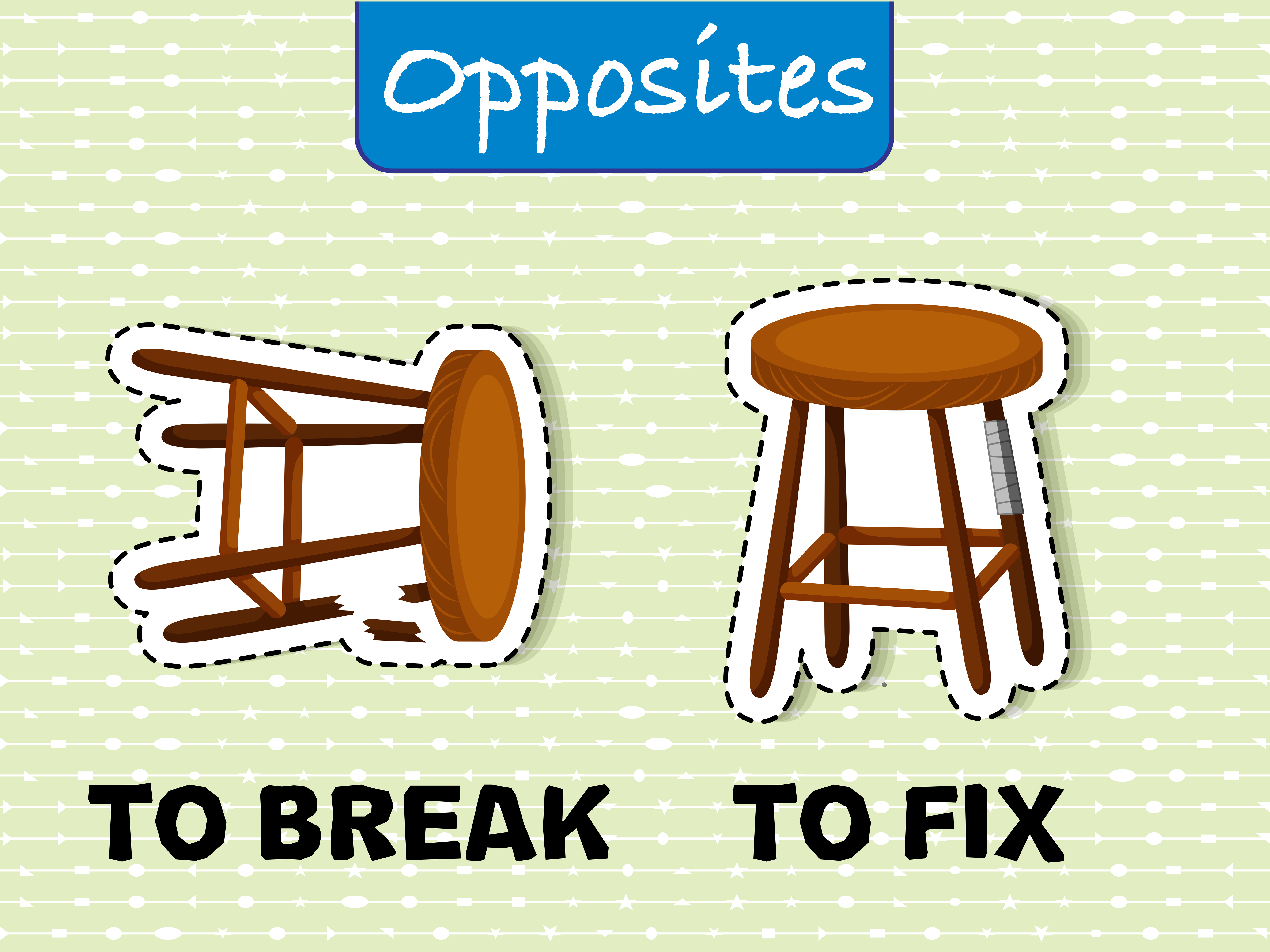
In terms of price, I knew some friends had gotten their own screens fixed for a fraction of the price charged at big name stores by going to local shops, but some of them ended up having sensitivity issues and didn't have any insurance to fall back on. One being that I didn't want to spend the money, and two being that on exactly zero weekend days did I feel a burning desire to stand in line at a crowded Apple store on my lunch break - or on my way home after a long day. The phone still worked, and since getting the screen fixed therefore fell closer toward a cosmetic purchase than a dire one, I let the timeline stretch for a couple reasons. Nor was it that I appreciated how blurry the front-facing camera was for early-morning Snapchats. It wasn't that I enjoyed being stabbed by little shards of glass every time I participated in a group chat. Forget a cute wear-and-tear scratch on your screen protector, and feast your eyes upon the above picture. And so the metric breaks down in cases like these.For the last few months, I've been living with a broken phone screen. Only one tablet failed, so we’d divide that by one and our MTTR would be 600 months, which is 50 years.Īre Brand Z’s tablets going to last an average of 50 years each? It’s pretty unlikely. So, we multiply the total operating time (six months multiplied by 100 tablets) and come up with 600 months. Let’s say one tablet fails exactly at the six-month mark. And so they test 100 tablets for six months. But Brand Z might only have six months to gather data. Tablets, hopefully, are meant to last for many years. Because instead of running a product until it fails, most of the time we’re running a product for a defined length of time and measuring how many fail.įor example: Let’s say we’re trying to get MTTF stats on Brand Z’s tablets. We can run the light bulbs until the last one fails and use that information to draw conclusions about the resiliency of our light bulbs.īut what happens when we’re measuring things that don’t fail quite as quickly? Things meant to last years and years? For those cases, though MTTF is often used, it’s not as good of a metric. With an example like light bulbs, MTTF is a metric that makes a lot of sense. You’ll need to look deeper than MTTR to answer those questions, but mean time to recovery can provide a starting point for diagnosing whether there’s a problem with your recovery process that requires you to dig deeper.

Are your maintenance teams as effective as they could be? If they’re taking the bulk of the time, what’s tripping them up?

Are you able to figure out what the problem is quickly? Are there processes that could be improved? Is there a delay between a failure and an alert? Are alerts taking longer than they should to get to the right person? The problem could be with your alert system. Because there’s more than one thing happening between failure and recovery. However, if you want to diagnose where the problem lies within your process (is it an issue with your alerts system? Is the team taking too long on fixes? Does it take too long for someone to respond to a fix request?), you’ll need more data. This is a high-level metric that helps you identify if you have a problem. Is it as quick as you want it to be? How does it compare to your competitors?

You break i fix hours full#
This MTTR is a measure of the speed of your full recovery process. On the other hand, MTTR, MTBF, and MTTF can be a good baseline or benchmark that starts conversations that lead into those deeper, important questions.
You break i fix hours series#
Some of the industry’s most commonly tracked metrics are MTBF (mean time before failure), MTTR (mean time to recovery, repair, respond, or resolve), MTTF (mean time to failure), and MTTA (mean time to acknowledge)-a series of metrics designed to help tech teams understand how often incidents occur and how quickly the team bounces back from those incidents.Ī lot of experts argue that these metrics aren’t actually that useful on their own because they don’t ask the messier questions of how incidents are resolved, what works and what doesn’t, and how, when, and why issues escalate or deescalate.

Which is why it’s important for companies to quantify and track metrics around uptime, downtime, and how quickly and effectively teams are resolving issues. Glitches and downtime come with real consequences. In today’s always-on world, outages and technical incidents matter more than ever before.


 0 kommentar(er)
0 kommentar(er)
